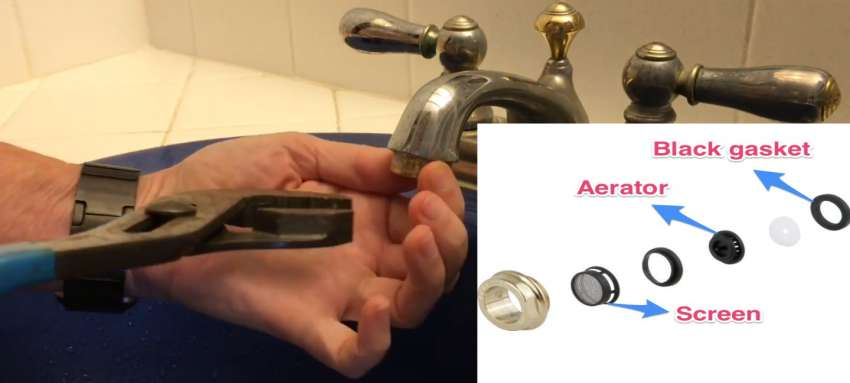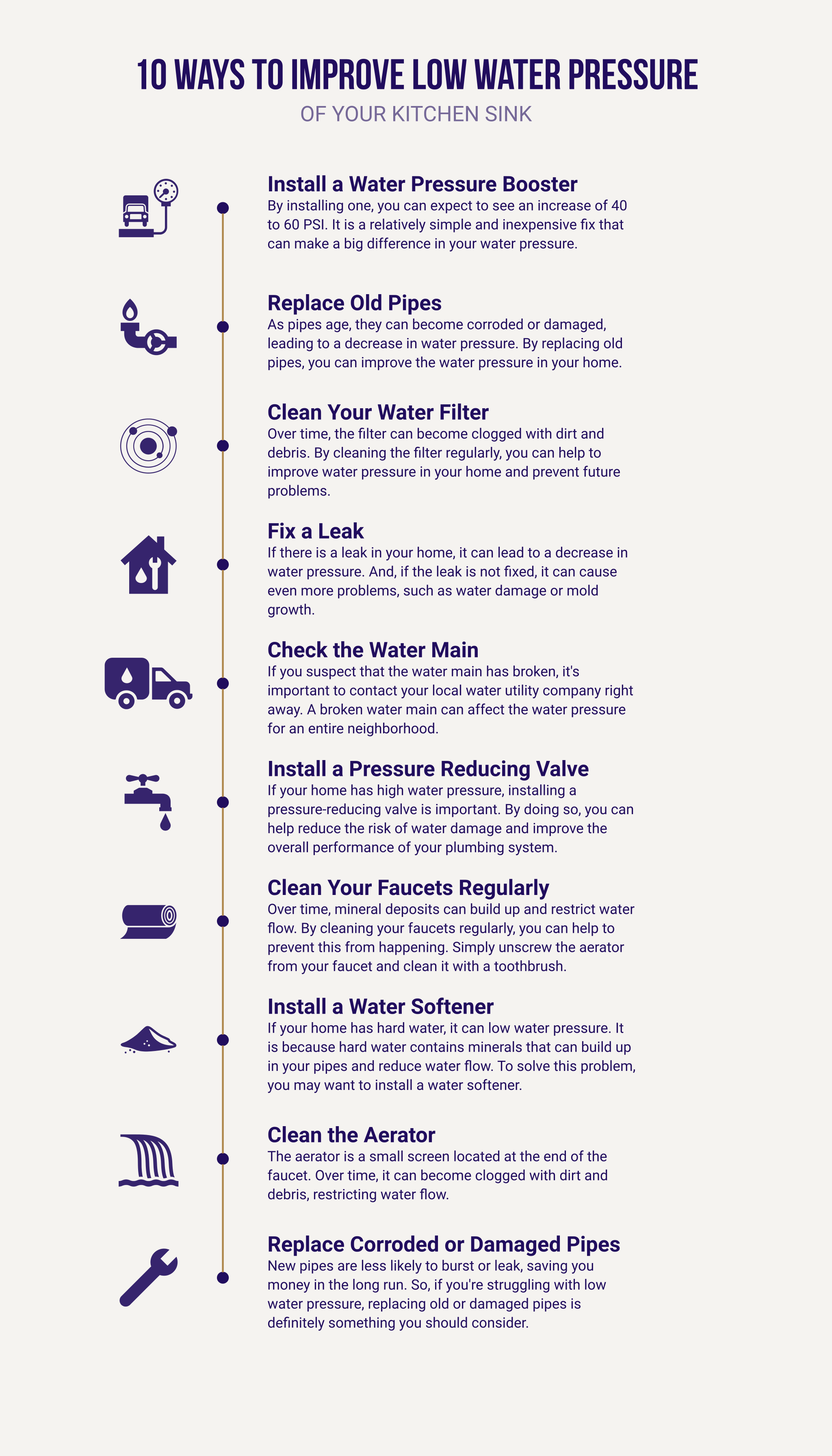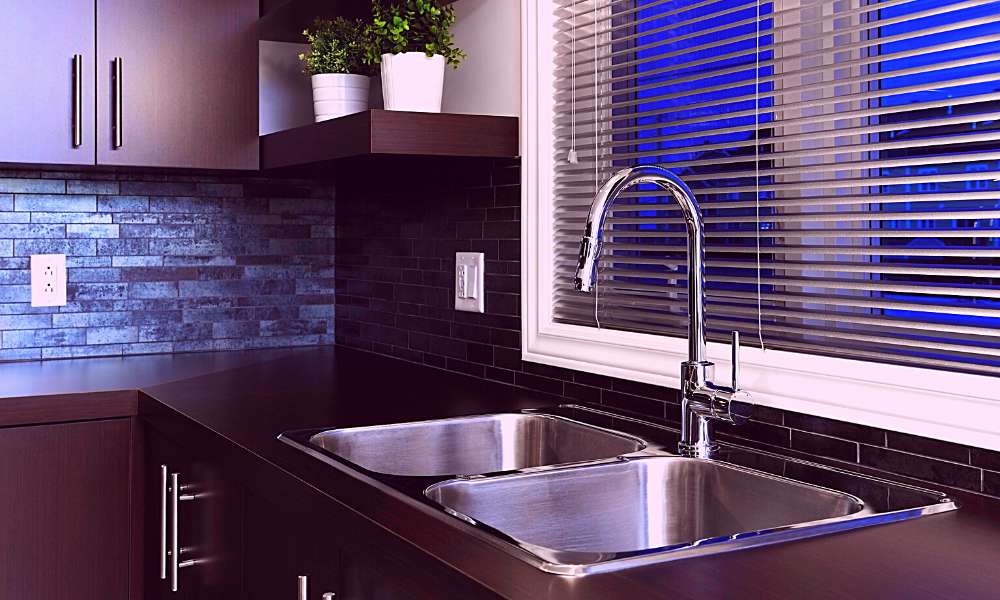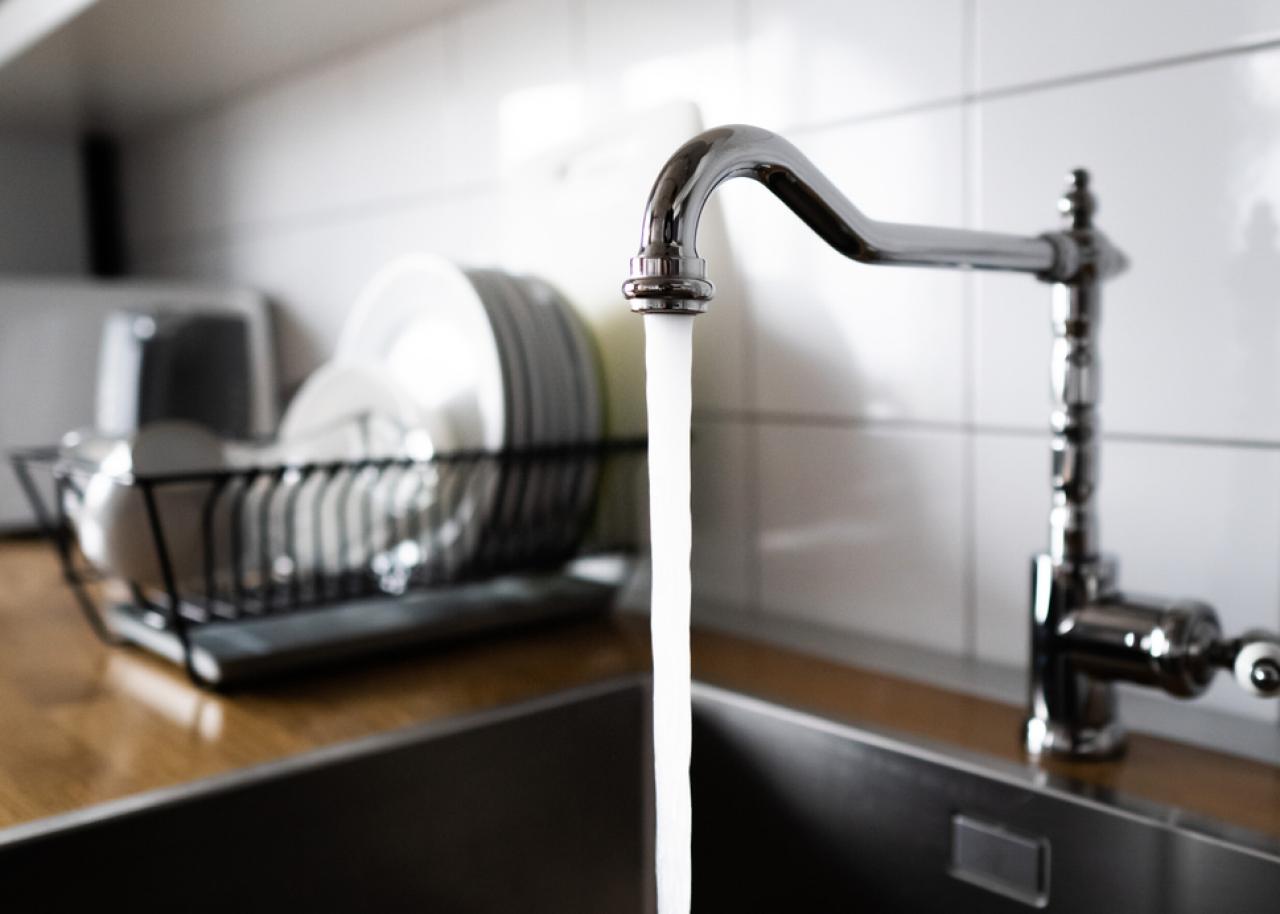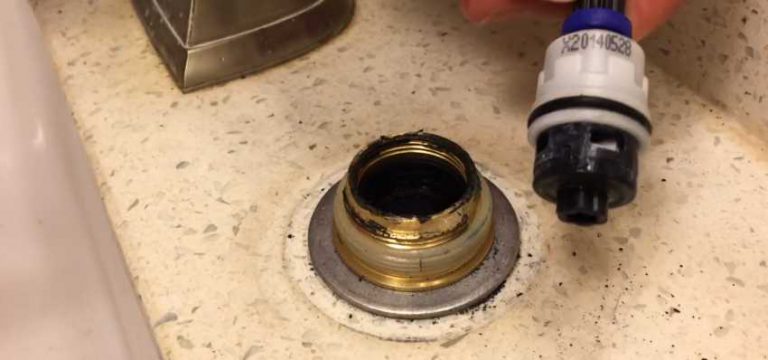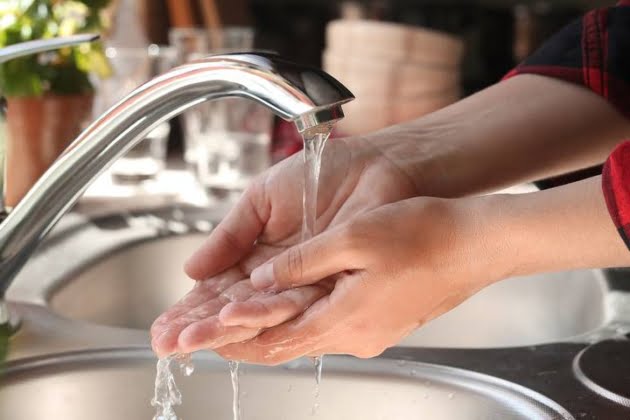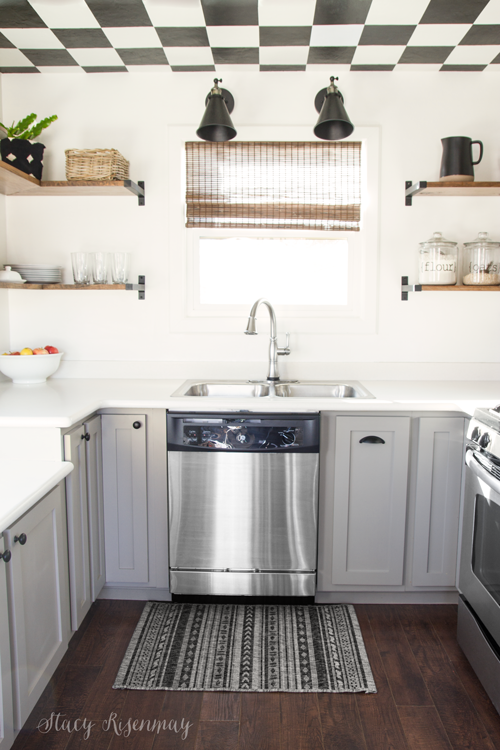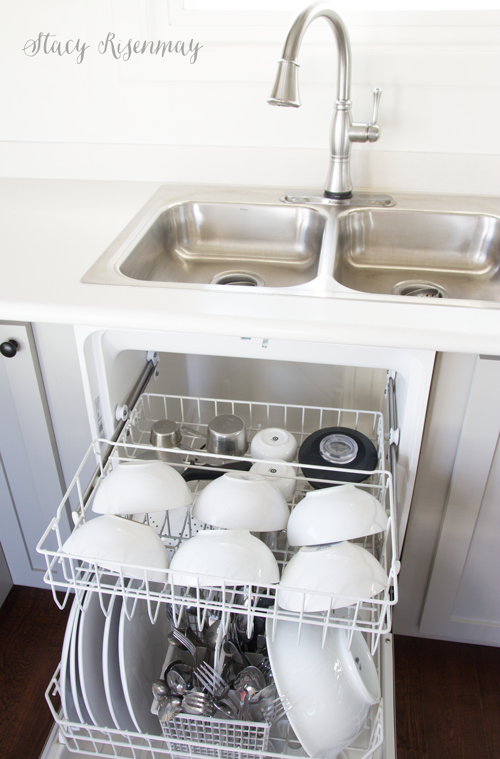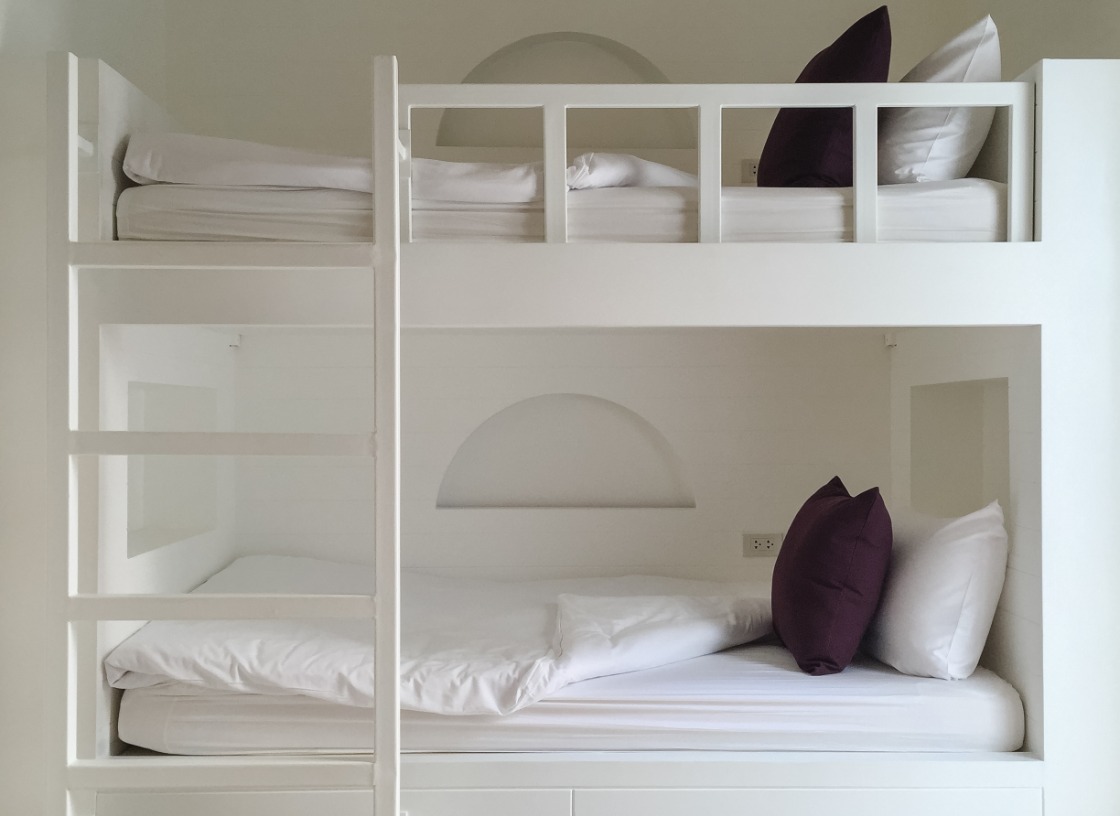Low Water Pressure in Kitchen Sink
If you've noticed that the water pressure in your kitchen sink has suddenly become weak, you're not alone. Many homeowners experience this frustrating issue, and it can make everyday tasks like washing dishes and filling pots feel like a never-ending chore. But before you call a plumber or start panicking about expensive repairs, there are a few things you can try to fix the problem yourself.
Kitchen sink no pressure can be caused by a variety of factors, from clogged pipes to faulty fixtures. In this article, we'll explore the most common causes of low water pressure in the kitchen sink and provide you with practical solutions to get your water flowing strong again.
How to Fix Low Water Pressure in Kitchen Sink
Before you start troubleshooting, it's important to determine if the low water pressure is only affecting your kitchen sink or if it's a problem throughout your home. If the issue is isolated to your kitchen sink, it's likely that the problem lies within your plumbing system and not with the municipal water supply.
The first step in fixing kitchen sink water pressure problems is to check your water shut-off valves. Make sure they are fully open and that there are no obstructions blocking the flow of water. If the valves are fully open and you still have low water pressure, it's time to move on to the next troubleshooting steps.
Kitchen Sink Water Pressure Problems
If you recently installed a new dishwasher, this could be the cause of your kitchen sink no pressure issue. Some dishwashers have a built-in anti-flood system that can reduce water pressure to prevent leaks. Check the owner's manual to see if your dishwasher has this feature and how to adjust it.
If your dishwasher does not have an anti-flood system, it's possible that the installation has caused a restriction in the water supply line. Make sure the supply line is not kinked or pinched in any way, and that it is securely connected to the dishwasher and the water shut-off valve. Any obstructions or loose connections could be the culprit behind your low water pressure.
Kitchen Sink No Pressure After Installing New Dishwasher
If you're still experiencing kitchen sink no pressure after checking the dishwasher installation, the problem could be with your aerator. The aerator is a small mesh screen located at the end of your faucet that helps regulate the flow of water. Over time, it can become clogged with sediment and debris, causing low water pressure.
To clean the aerator, unscrew it from the faucet and rinse it under running water. If it's severely clogged, you may need to soak it in a solution of equal parts water and vinegar before rinsing it off. Once the aerator is clean, reattach it to the faucet and check if the water pressure has improved.
How to Increase Water Pressure in Kitchen Sink
If none of the above solutions have fixed your kitchen sink no pressure issue, it's time to check your water supply line. Your home's water pressure is determined by the municipal water supply and the size and condition of your pipes. If your pipes are old and corroded, or if there is a blockage in the supply line, it can cause low water pressure.
If you suspect this is the case, you may need to call a plumber to inspect and potentially replace your pipes. Alternatively, you can install a pressure-boosting device on your water supply line to increase the water pressure in your home.
Kitchen Sink No Pressure with New Dishwasher
If you've recently replaced your dishwasher and are now experiencing kitchen sink no pressure, it's possible that the new dishwasher is using more water than your old one. This can put a strain on your home's plumbing system and result in low water pressure.
To fix this issue, you can try reducing the water flow on the dishwasher by adjusting the water supply valve. You can also try staggering your water usage, such as running the dishwasher at night when you're not using other water fixtures in the house.
Low Water Pressure in Kitchen Sink After Installing New Dishwasher
If you've tried all of the above solutions and are still experiencing low water pressure in kitchen sink, it's possible that there is a larger issue with your plumbing system. This could include clogged pipes, a faulty pressure regulator, or a leak somewhere in the system.
At this point, it's best to call a licensed plumber to diagnose and fix the problem. They will have the necessary equipment and expertise to pinpoint the cause of your low water pressure and provide a lasting solution.
Kitchen Sink No Pressure with New Dishwasher Installation
If you're experiencing kitchen sink no pressure immediately after installing a new dishwasher, it's possible that the installation was not done correctly. It's important to follow the manufacturer's instructions carefully and to ensure that all connections are secure and free of obstructions.
If you're not confident in your installation skills, it's best to hire a professional to install the dishwasher for you. This will ensure that it is done correctly and can save you from future headaches caused by an improperly installed appliance.
How to Troubleshoot Low Water Pressure in Kitchen Sink
If you're still experiencing low water pressure in kitchen sink, here are a few additional troubleshooting tips to try:
Kitchen Sink No Pressure After Replacing Dishwasher
If you've recently replaced your dishwasher and are now experiencing kitchen sink no pressure, it's possible that the new dishwasher is using more water than your old one. This can put a strain on your home's plumbing system and result in low water pressure.
To fix this issue, you can try reducing the water flow on the dishwasher by adjusting the water supply valve. You can also try staggering your water usage, such as running the dishwasher at night when you're not using other water fixtures in the house.
In conclusion, low water pressure in kitchen sink is a common issue that can be caused by a variety of factors. By following the troubleshooting steps outlined in this article, you can identify and fix the problem yourself in most cases. However, if the issue persists, it's best to seek professional help to avoid potential damage and further frustration.
How to Solve the Problem of a Kitchen Sink with No Pressure When Installing a New Dishwasher

Introduction
 When designing a house, the kitchen is often considered the heart of the home. It's where meals are prepared, family gathers, and memories are made. However, a malfunctioning kitchen can quickly turn into a nightmare. One common issue that homeowners face is a kitchen sink with no pressure when installing a new dishwasher. This can be frustrating and inconvenient, but fear not, as there are solutions to this problem.
When designing a house, the kitchen is often considered the heart of the home. It's where meals are prepared, family gathers, and memories are made. However, a malfunctioning kitchen can quickly turn into a nightmare. One common issue that homeowners face is a kitchen sink with no pressure when installing a new dishwasher. This can be frustrating and inconvenient, but fear not, as there are solutions to this problem.
The Cause of Low Water Pressure
 Low water pressure in the kitchen sink can be caused by various factors. One of the most common reasons is a clogged aerator. This small screen at the end of the faucet can become clogged with mineral deposits or debris, resulting in reduced water flow. Another culprit could be a malfunctioning dishwasher. If the dishwasher is not properly connected or has a faulty valve, it can affect the water pressure in the sink.
Low water pressure in the kitchen sink can be caused by various factors. One of the most common reasons is a clogged aerator. This small screen at the end of the faucet can become clogged with mineral deposits or debris, resulting in reduced water flow. Another culprit could be a malfunctioning dishwasher. If the dishwasher is not properly connected or has a faulty valve, it can affect the water pressure in the sink.
How to Fix the Issue
/how-to-install-a-sink-drain-2718789-hero-24e898006ed94c9593a2a268b57989a3.jpg) The first step in solving the problem is to check the aerator.
Carefully remove the aerator from the faucet and clean it with a mixture of vinegar and water
. This will help to dissolve any mineral deposits and debris that may be causing the clog.
Once clean, reattach the aerator and test the water pressure
. If the issue persists, it may be necessary to check the dishwasher's connection and valve.
Make sure the dishwasher is properly connected to the water supply and that the valve is in good working condition
. If there are any issues with the valve, it may need to be replaced.
The first step in solving the problem is to check the aerator.
Carefully remove the aerator from the faucet and clean it with a mixture of vinegar and water
. This will help to dissolve any mineral deposits and debris that may be causing the clog.
Once clean, reattach the aerator and test the water pressure
. If the issue persists, it may be necessary to check the dishwasher's connection and valve.
Make sure the dishwasher is properly connected to the water supply and that the valve is in good working condition
. If there are any issues with the valve, it may need to be replaced.
Preventing Future Problems
 To avoid low water pressure in the future,
regularly clean the aerator and remove any debris or mineral deposits
. It's also essential to
properly install and maintain the dishwasher
. This includes regularly checking and replacing the valve if needed. Additionally,
avoid overloading the dishwasher and only use detergents recommended by the manufacturer
.
To avoid low water pressure in the future,
regularly clean the aerator and remove any debris or mineral deposits
. It's also essential to
properly install and maintain the dishwasher
. This includes regularly checking and replacing the valve if needed. Additionally,
avoid overloading the dishwasher and only use detergents recommended by the manufacturer
.
In Conclusion
 A kitchen sink with no pressure when installing a new dishwasher can be a frustrating issue, but it can be easily solved. By
cleaning the aerator, checking the dishwasher's connection and valve, and properly maintaining the dishwasher
, homeowners can enjoy a fully functioning and efficient kitchen. Remember to
regularly clean and maintain all kitchen appliances to prevent future problems
. With these solutions, homeowners can have a peaceful and functional kitchen to create delicious meals and lasting memories.
A kitchen sink with no pressure when installing a new dishwasher can be a frustrating issue, but it can be easily solved. By
cleaning the aerator, checking the dishwasher's connection and valve, and properly maintaining the dishwasher
, homeowners can enjoy a fully functioning and efficient kitchen. Remember to
regularly clean and maintain all kitchen appliances to prevent future problems
. With these solutions, homeowners can have a peaceful and functional kitchen to create delicious meals and lasting memories.







